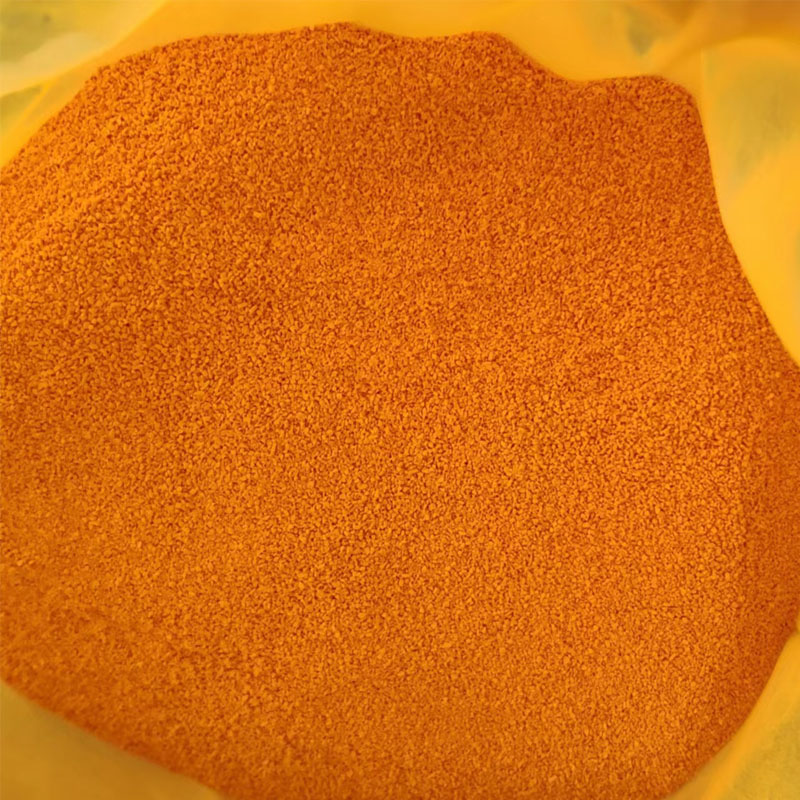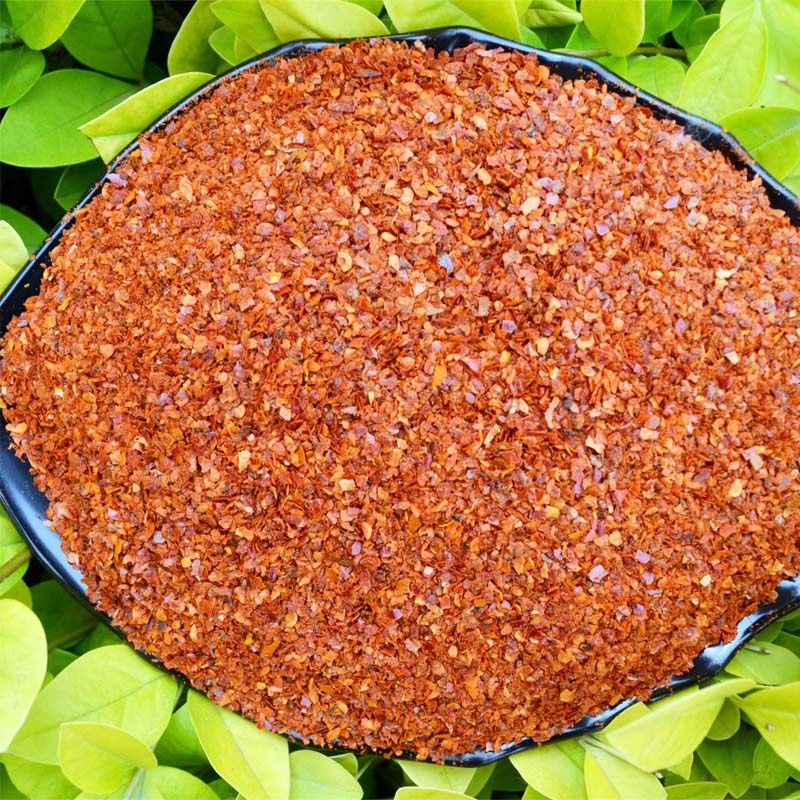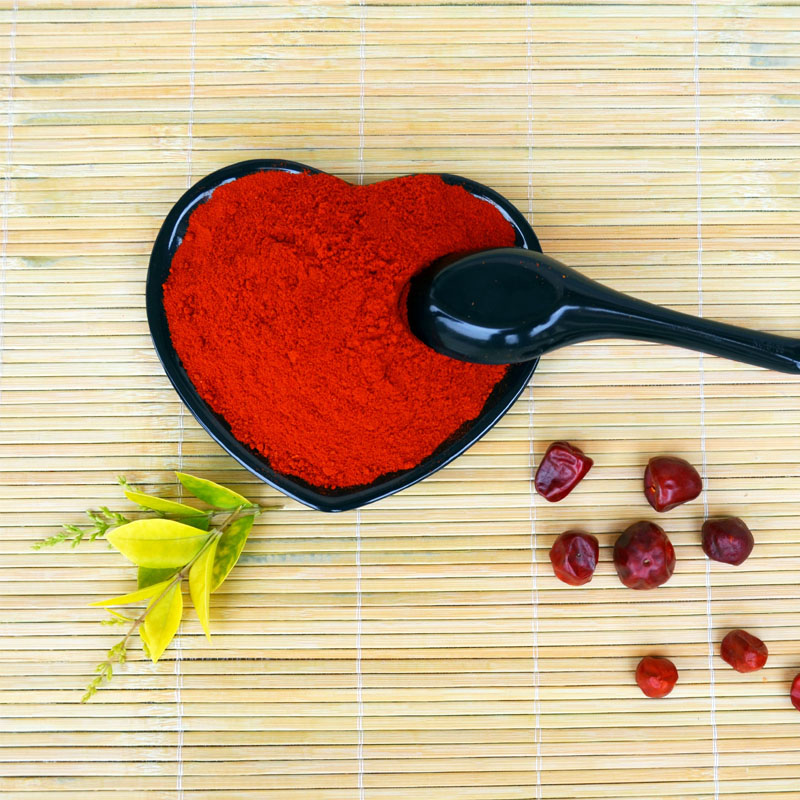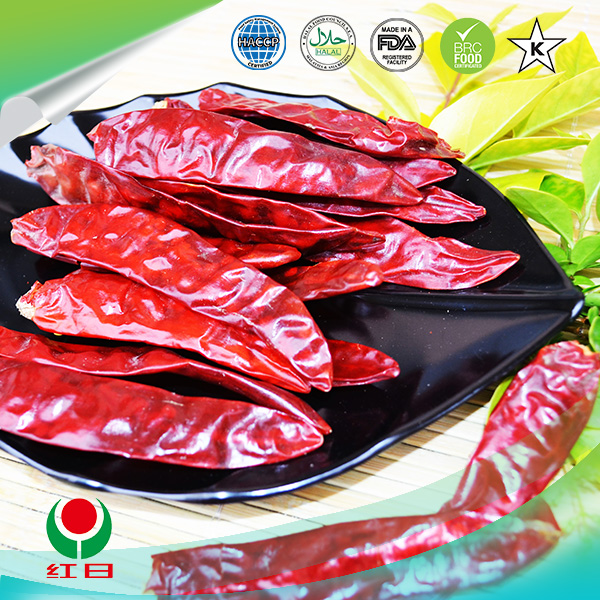- No. 268 Xianghe Street, Economic Development Zone of Xingtai city, Hebei 054001 China
- Byron@hbhongri.cn
Exploring the Production Process of Sun-Dried Roasted Red Pepper in Modern Factories
The Journey of Sun-Dried Roasted Red Peppers From Farms to Factories
Sun-dried roasted red peppers have become a beloved ingredient in kitchens around the world, celebrated for their rich flavor and versatility. Behind every jar of these delectable peppers lies a fascinating journey that begins on sunlit farms and culminates in bustling factories, where skilled workers turn fresh produce into mouthwatering products.
Cultivation The Foundation of Flavor
The journey of sun-dried roasted red peppers starts with the cultivation of high-quality red bell peppers. Farmers select specific varieties known for their sweetness and vibrant color. Regions with ample sunshine, particularly in countries like Spain, Italy, and the United States, are ideal for growing these peppers. Once harvested, the peppers are sorted for quality, ensuring that only the best make it to the drying stage.
The Drying Process Nature’s Method
Sun drying is an ancient technique that relies on the sun's natural heat to dehydrate the peppers, concentrating their flavors and enhancing their sweetness. The harvested peppers are washed, sliced, and then laid out in the sun on drying racks. This process typically takes several days, during which the peppers turn a deep, rich color and develop an intense flavor profile. Factors like temperature, humidity, and the duration of exposure to sunlight all influence the final product, making this an artisanal approach to food preservation.
Roasting The Flavor Transformation
Once the peppers are sun-dried, they are often roasted to intensify their flavor further. Roasting involves exposing the dried peppers to high heat, which caramelizes their natural sugars and adds a smoky richness that is simply irresistible. Some factories utilize traditional methods like open flames or wood-fired ovens, while others may employ modern roasting machines that ensure consistency and efficiency.
sun dried roasted red pepper factories
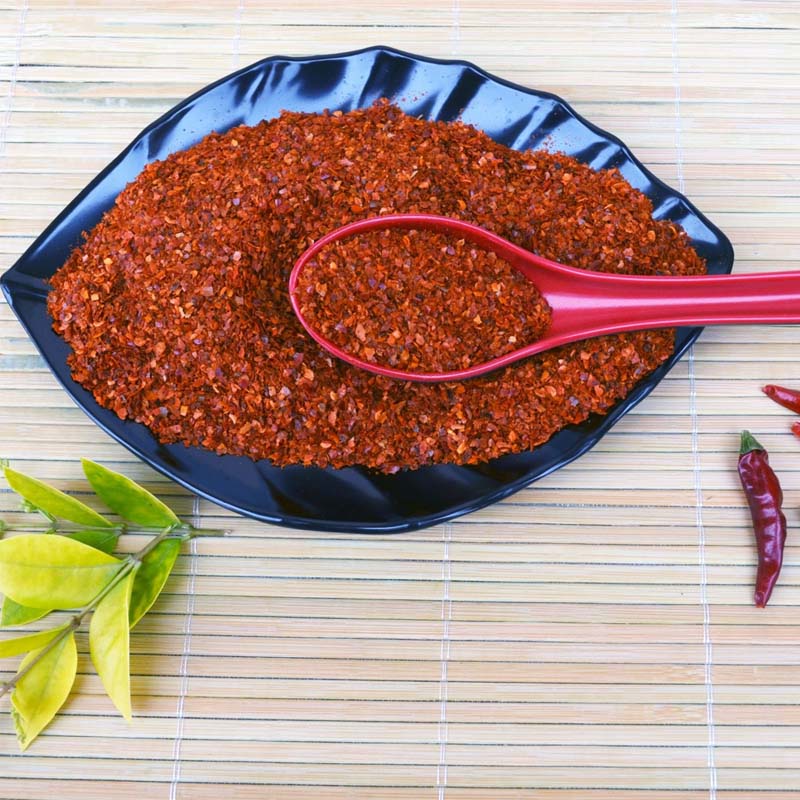
Packaging and Quality Control
After roasting, the peppers undergo rigorous quality control checks to ensure they meet established standards. This is an essential step in the factory process, as it guarantees that consumers receive a product that is not only delicious but also safe to eat. Once approved, the roasted red peppers are then packaged in airtight containers to preserve their flavor and freshness. Many manufacturers opt for glass jars or vacuum-sealed bags, which not only enhance shelf life but also reduce the risk of contamination.
The Role of Factories in Sustainable Production
In recent years, there has been a growing emphasis on sustainable practices within the food industry. Many factories processing sun-dried roasted red peppers are adopting eco-friendly initiatives, such as utilizing solar energy to power their operations or repurposing waste from the drying process as animal feed or compost. This not only reduces their environmental footprint but also appeals to the increasing number of consumers who prioritize sustainability in their purchasing decisions.
Culinary Applications and Global Appeal
Sun-dried roasted red peppers have found a prominent place in various cuisines, from Mediterranean dishes to American spreads. Chefs and home cooks alike appreciate their ability to elevate flavors, whether incorporated into pasta sauces, salads, dips, or sandwiches. Their versatility makes them a popular choice for those seeking to add a touch of gourmet flair to simple recipes.
Conclusion A Taste of Tradition and Innovation
The journey of sun-dried roasted red peppers from farms to factories is a testament to the harmonious blend of tradition and innovation. As consumers become more aware of sourcing and quality, the role of factories in producing these beloved ingredients will continue to evolve. With a commitment to sustainability and high-quality production, the legacy of sun-dried roasted red peppers is sure to thrive, bringing joy and flavor to kitchens around the world for years to come.
-
Turmeric Rhizome Powder: A Golden Treasure from Roots to TableNewsJul.28,2025
-
The Versatile Application Of Crushed Red Hot Peppers: Lighting Up The Red Flames On The Dining TableNewsJul.28,2025
-
The Paprika: A Touch Of Vibrant Red In Color, Flavor, And CultureNewsJul.28,2025
-
Ground Turmeric: A Modern Examination of an Ancient SpiceNewsJul.28,2025
-
Capsicum Liquid Extract: Features, Applications, and ChallengesNewsJul.28,2025
-
Application of Capsicum Liquid Extract in FoodNewsJul.28,2025
